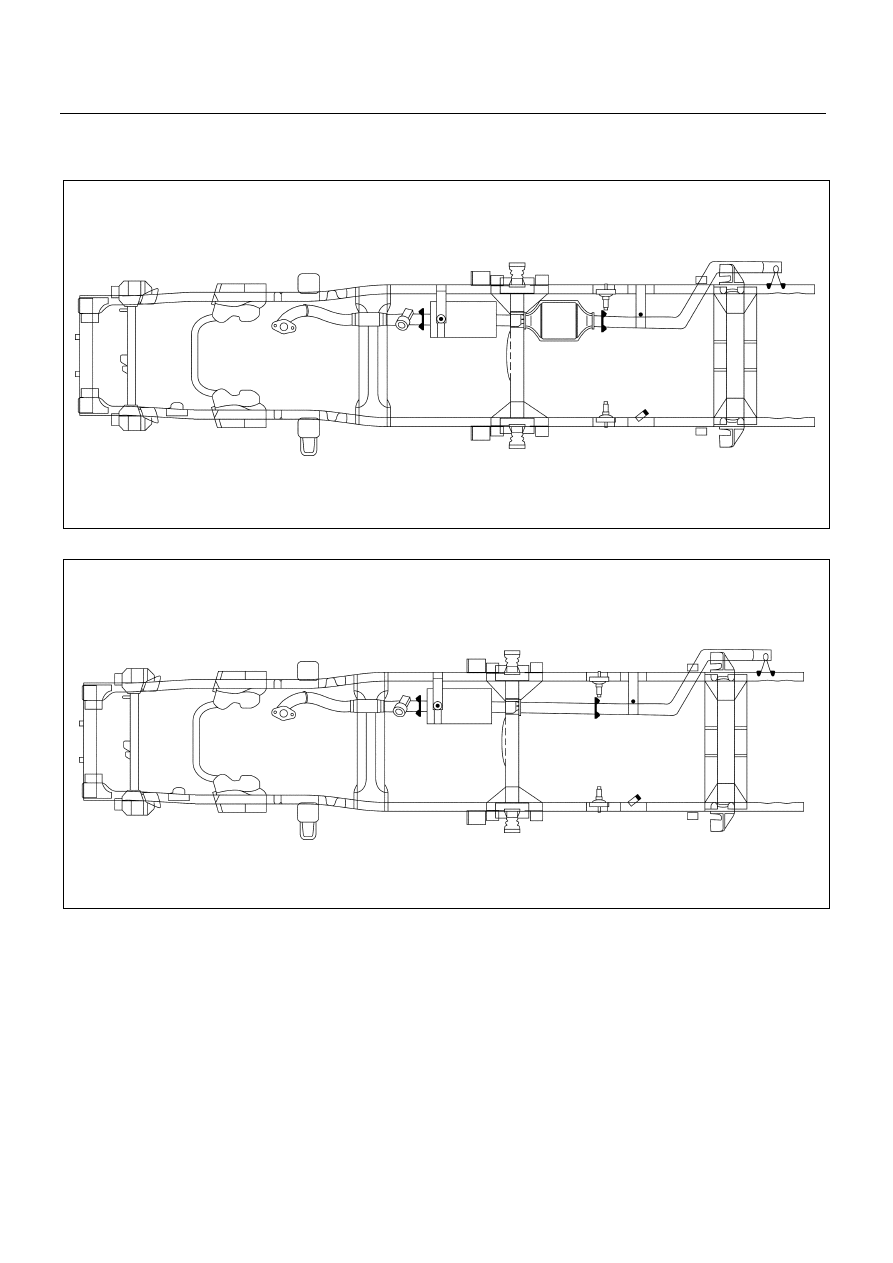Isuzu engine 4j series. Manual - part 96

6F – 2 ENGINE EXHAUST
GENERAL DESCRIPTION
When inspecting or replacing exhaust system components,
make sure there is adequate clearance from all points on the
underbody to prevent overheating of the floor pan and possible
damage to the passenger compartment insulation and trim
materials.
Check complete exhaust system and nearby body areas and
rear compartment lid for broken, damaged, missing or
mispositioned parts, open seams, holes, loose connections or
other deterioration which could permit exhaust fumes to seep
into the rear compartment or passenger compartment. Dust or
water in the rear compartment may be an indication of a
problem in one of these areas. Any faulty areas should be
corrected immediately.
General Export
501LX002.tif
501LX003.tif
Model ’91/542B (Euro 2)